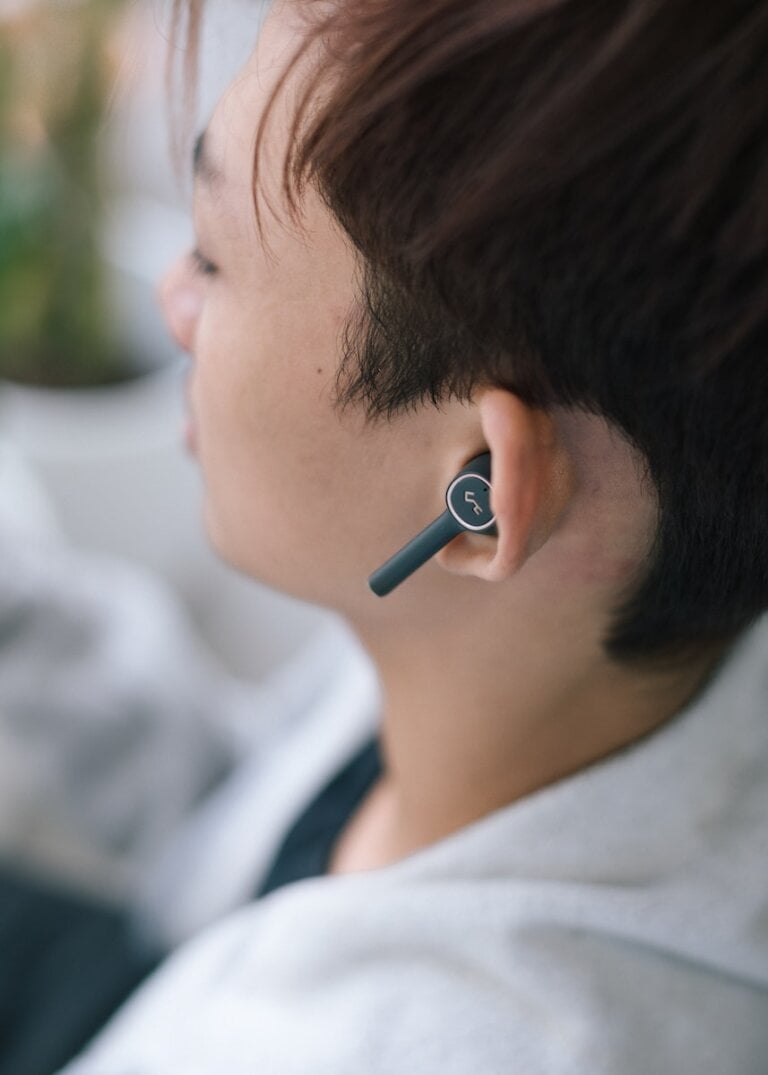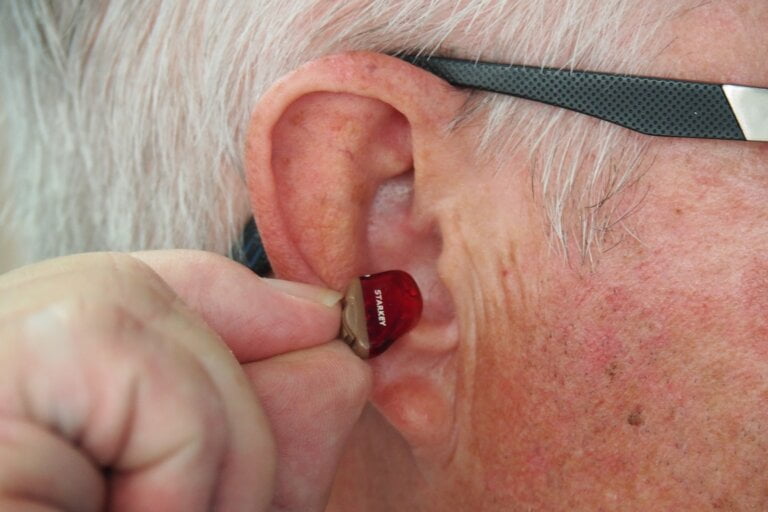Behind the Inflammation: Exploring Otitis Externa Symptoms and Treatment
Otitis externa, commonly known as swimmer’s ear, is a condition characterized by inflammation of the ear canal. It typically occurs in the outer portion of the ear, extending from the ear opening to the eardrum. This article will delve into the various symptoms and treatment options for otitis externa, shedding light on this common but often misunderstood condition.
What Causes Otitis Externa?
Otitis externa is primarily caused by bacterial or fungal infections. The most common bacterial culprit is Pseudomonas aeruginosa, while Candida albicans is the most common fungal cause. These microorganisms thrive in warm and moist environments, making swimming, excessive sweating, or even humid weather prime conditions for the development of otitis externa.
Other contributing factors to the development of this condition include:
-
Trauma to the ear canal: Scratching or inserting objects into the ear canal can damage the delicate skin lining and pave the way for infection. It is important to avoid inserting cotton swabs or any other objects into the ear canal as it can lead to irritation and increase the risk of developing otitis externa.
-
Skin conditions: Individuals with eczema, psoriasis, or dermatitis are more prone to developing otitis externa due to the compromised integrity of their skin. The inflamed and irritated skin becomes more susceptible to infection, making proper skincare and moisturizing essential for preventing otitis externa.
-
Foreign objects: Inserting foreign objects into the ear, such as cotton swabs or hearing aids, can irritate the ear canal and lead to infection. It is crucial to avoid inserting anything into the ear canal and seek professional assistance if there is an object lodged in the ear.
Recognizing the Symptoms
Identifying the symptoms of otitis externa is crucial for early diagnosis and prompt treatment. Although the signs may vary from person to person, common symptoms include:
-
Ear pain: Otitis externa is typically associated with intense ear pain, which may worsen when the outer ear is touched or pulled. The pain can be sharp, throbbing, or constant, and it can radiate to the jaw or neck. It is important not to ignore persistent ear pain and seek medical attention for proper evaluation and treatment.
-
Itching and discomfort: Individuals with this condition often experience itchiness and a general feeling of discomfort in the affected ear. The itching can be intense and may lead to further irritation if scratched. It is important to resist the urge to scratch the ear to prevent worsening of the symptoms and potential complications.
-
Redness and swelling: The ear canal may appear red and swollen, indicating inflammation. The redness can extend to the outer ear, and the skin may feel warm to the touch. Swelling can further contribute to the discomfort and may partially obstruct the ear canal, affecting hearing.
-
Discharge: Otitis externa may cause pus or fluid drainage from the ear canal. The discharge can be clear, yellow, or even bloody. It is important to note any changes in the color or odor of the discharge as it may indicate a more severe infection.
-
Hearing difficulties: In some cases, the inflammation and swelling can partially obstruct the ear canal, resulting in temporary hearing loss. The hearing loss may be mild or more significant, depending on the severity of the infection. Seeking medical attention is crucial to prevent further damage to the ear and restore normal hearing.
If you experience any of these symptoms, it is advisable to seek medical attention for a proper diagnosis and appropriate treatment.
Treating Otitis Externa
The treatment for otitis externa aims to relieve symptoms, eliminate infection, and prevent complications. It typically involves a combination of self-care measures and medical interventions. The following treatment options are commonly employed:
-
Ear canal cleaning: Gentle cleaning of the ear canal is essential to remove debris, discharge, and any excess moisture that may promote infection. Your healthcare provider may use specialized tools or prescribe ear drops for this purpose. It is important to avoid using cotton swabs or other objects to clean the ear canal as it can push debris further and potentially damage the ear.
-
Pain management: Over-the-counter pain relievers like acetaminophen or ibuprofen can help alleviate the discomfort associated with otitis externa. However, it is crucial to consult with a healthcare professional before taking any medication, especially if you have underlying medical conditions or are taking other medications.
-
Antibiotic or antifungal medications: Depending on the underlying cause of the infection, your healthcare provider may prescribe antibiotic or antifungal ear drops. It’s essential to carefully follow the prescribed dosage and complete the full course of medication to ensure complete eradication of the infection. Antibiotics are typically prescribed for bacterial infections, while antifungals are used for fungal infections.
-
Corticosteroids: In cases of severe inflammation and swelling, corticosteroid ear drops may be prescribed to alleviate symptoms and promote healing. Corticosteroids help reduce inflammation and can provide relief from pain and itching. However, they are usually used for a limited duration and under medical supervision.
-
Preventive measures: To prevent recurrence and reduce the risk of developing otitis externa, it is essential to keep the ears dry and avoid exposing them to potentially contaminated water. Using earplugs while swimming, drying the ears thoroughly after bathing or swimming, and avoiding excessive ear cleaning are some preventive measures that can be adopted. It is also important to avoid prolonged exposure to water and excessive moisture in the ear canal.
When to Seek Medical Attention
While most cases of otitis externa can be managed with self-care measures and medical treatment, there are instances when immediate medical attention is necessary. It is crucial to seek prompt medical care if:
- The pain becomes severe or persists despite self-care measures.
- There is a high fever, swelling, or redness spreading to the face or neck.
- The ear discharge becomes foul-smelling or changes in color.
- There is worsening hearing loss or dizziness.
These symptoms may indicate complications or deeper infection, requiring more aggressive treatment.
Conclusion
Otitis externa, or swimmer’s ear, is a common condition characterized by inflammation of the ear canal. Understanding the causes, symptoms, and treatment options for otitis externa is essential for early diagnosis and management. By recognizing the symptoms and seeking appropriate medical attention, individuals can alleviate discomfort, prevent complications, and promote a speedy recovery. Remember to adopt preventive measures to reduce the risk of developing otitis externa and enjoy a healthy and irritation-free ear canal.
1. What causes otitis externa?
Otitis externa is primarily caused by bacterial or fungal infections. The most common bacterial cause is Pseudomonas aeruginosa, while the most common fungal cause is Candida albicans. Other contributing factors include trauma to the ear canal and skin conditions such as eczema or dermatitis.
2. What are the common symptoms of otitis externa?
Common symptoms of otitis externa include ear pain, itching and discomfort, redness and swelling of the ear canal, discharge from the ear, and hearing difficulties.
3. How is otitis externa treated?
Treatment for otitis externa involves a combination of self-care measures and medical interventions. It includes gentle cleaning of the ear canal, pain management with over-the-counter pain relievers, prescription of antibiotic or antifungal ear drops, and the use of corticosteroid ear drops for severe inflammation. Preventive measures such as keeping the ears dry and avoiding contaminated water are also important.
4. When should I seek medical attention for otitis externa?
You should seek medical attention for otitis externa if the pain becomes severe or persists despite self-care measures, if there is a high fever or swelling spreading to the face or neck, if the ear discharge becomes foul-smelling or changes color, or if there is worsening hearing loss or dizziness. These symptoms may indicate complications or a deeper infection that requires aggressive treatment.







